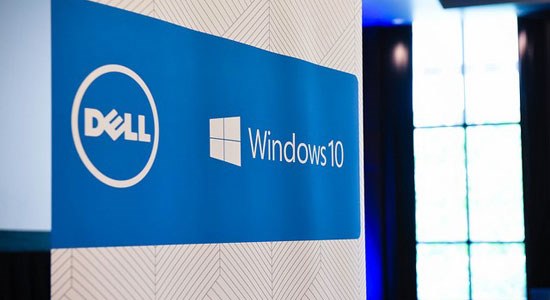This is the second in a 6-part series chronicling the Dell enterprise Windows 10 migration. Click here to read the previous post, Why Now Is the Time to Begin Your Windows 10 Deployment.
Better. Faster. Cheaper.
These are the perennial asks of an IT organization from the business. Equip us with latest technology that will give us a competitive edge as soon as possible, and make it affordable. IT works hard to deliver: to drive innovation, accelerate business agility and add value. When moving faster, one of the biggest challenges we face is the sheer number of variables in the enterprise environment from past operating system deployments. Configuration drift, differing platform architectures, and version variance increase the time required to engineer and support our clients.
Standardizing one hundred percent on Windows 10 across our enterprise by the end of 2017 is a key step Dell IT is taking to move at the new speed of business. We’re halfway through our 2016 goal and beginning to accelerate the migration plan.
A Culture of Speed
In my previous post, I wrote about the reasons we decided now is the time for our enterprise-wide deployment of Windows 10 and embrace the new Windows as a Service (WaaS) model. An unmarketed by-product of this new service model we plan to exploit is the culture of speed WaaS ushers into our organization.
- Business-Ready. Operating system development requires a major collaborative and complex effort across an organization. Fortunately, this only occurs every few years. WaaS is changing that approach. Microsoft recommends a ring structure, which allows for continuous test prior to release. This helps organizations work through validating and testing applications, security updates, new features and upgrades that come with the more frequent WaaS schedule. Put simply, a “Current Branch” build is released to test teams for validation four months before that build is declared “business-ready” for enterprise deployment. Customers then have around eight months to deploy the build into production. During production deployment, new test cycles are already underway for the next iterative release for business. By moving our resources and teams into a steady state of readiness, we avoid ramp delays and organization inertia that come with the usual two- to three-year upgrade cycle.
- Always current. Previous patching methods for enterprise meant we typically only deployed patches deemed critical, often leaving fixes and updates aside in the interest of business continuity. The new Microsoft patching strategy is an all or nothing proposition. By making updates cumulative, Microsoft standardizes the operating system base on which all customers are running to a common configuration. This model is referred to often as “always current.” As with any new process, confidence must be built over time. But we expect the “always current” state to benefit Dell and our customers, as IT takes advantage of this increased agility and brings in cutting-edge innovation faster.
- Preserve, protect and enhance. Based on Mircosoft’s plan to provide Windows 10 updates twice a year, we can count on the number of Current Branch for Business configurations at any one time in our environment at two: current and upcoming. This will not only reduce triage and troubleshooting for IT, but increase security. WaaS’ programmatic model of evolution also means Windows will update with new features quickly, by enterprise standards. Operating system upgrades, while similar in nature to monthly patching, take considerably longer to complete. Culturally, we will need to acclimate to these scheduled instances where our systems require longer than normal downtime to complete the upgrade process. However, our early experience in the upgrade process indicates we, along with our customers, can looking forward to these updates and new features.
In my next post, I’ll outline how we prepared the organization to get us to this point, how we’ve adjusted our project scope, and how we plan to move through the deployment phases to come.
If you’ve begun your Windows 10 deployment, what feedback are you hearing from your IT organization on the new Windows as a Service model?
If you’re interested in more technical information on Windows 10, check out this post on Dell4Enterprise.
